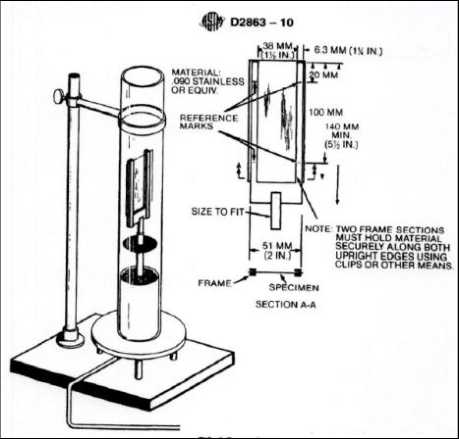- Qinsun Instruments Co., Ltd.
- Tell:+86-21-6780 0179
- Phone:+86-17740808215
- Address:No. 2578 Minhang District Gu Dai Road, Shanghai
- Contact:Mr. Li
- QQ:846490659
How to measure nickel in water quality

Determination of nickel in water quality
GB11912-89
Flame atomic absorption spectrophotometry
1. Theme Content and Scope of Application
This standard specifies the direct determination of nickel in industrial wastewater using flame atomic absorption spectrophotometry.
This standard is applicable to industrial wastewater and polluted environmental water samples, with a minimum detection concentration of 0.05mg/L and a calibration curve concentration range of 0.2-5.0mg/L.
2 Principles
Spray the test solution into an air acetylene lean flame. At high temperatures, nickel compounds dissociate into ground state atoms, and their atomic vapor selectively absorbs the characteristic spectral line 232.0nm emitted by a sharp line light source (nickel hollow cathode lamp). Under certain conditions, absorbance is directly proportional to the concentration of nickel in the test solution.
3 reagents
Unless otherwise specified, all reagents used in this standard shall be analytical pure reagents and deionized water or water of equivalent purity that comply with national or professional standards.
3.1 Nitric acid (HNO3), p=1.42g/mL, high-grade pure.
3.2 Nitric acid (HNO3), p=1.42g/mL.
3.3 Nitric acid solution, 1+99: prepared with nitric acid (3.1).
3.4 Nitric acid solution, 1+1: Prepare with nitric acid (3.2).
3.5 perchloric acid (HClO4), p=1.54g/mL, high-grade pure.
3.6 Nickel standard storage solution: Weigh 1.0000g of spectral pure metallic nickel, accurate to 0.0001g, add 10mL of nitric acid (3.1), and dilute to 1000mL with deionized water after complete dissolution. Each milliliter of solution contains 1.00mg of nickel.
three point seven
Standard working solution: Transfer 10.0mL of nickel stock solution (3.6) into a 100mL volumetric flask, dilute with nitric acid solution (3.4) to the mark, and shake well. The concentration of nickel in this solution is 100mg/L.
4 Instruments
4.1 Atomic absorption spectrometer, metal coated glass high-efficiency atomizer (WNA-1 type).
4.2 Nickel hollow cathode lamp.
4.3 Acetylene cylinder or acetylene generator.
4.4 Air compressors should be equipped with water, oil, and dust removal devices.
4.5 Instrument parameters: The optimal testing conditions for different models of instruments vary, and can be selected according to the instrument manual.
5 samples
Before sampling, wash the polyethylene bottle with detergent, soak it in nitric acid (3.4) for at least 24 hours, and then rinse it with water.
5.2 If the total amount of nickel needs to be measured, nitric acid (3.1) should be added immediately after sample collection to maintain a pH of 1-2.
5.3 When measuring filterable nickel, pass 0.45 as soon as possible after sampling? Filter with a membrane and immediately acidifie according to (5.2).





